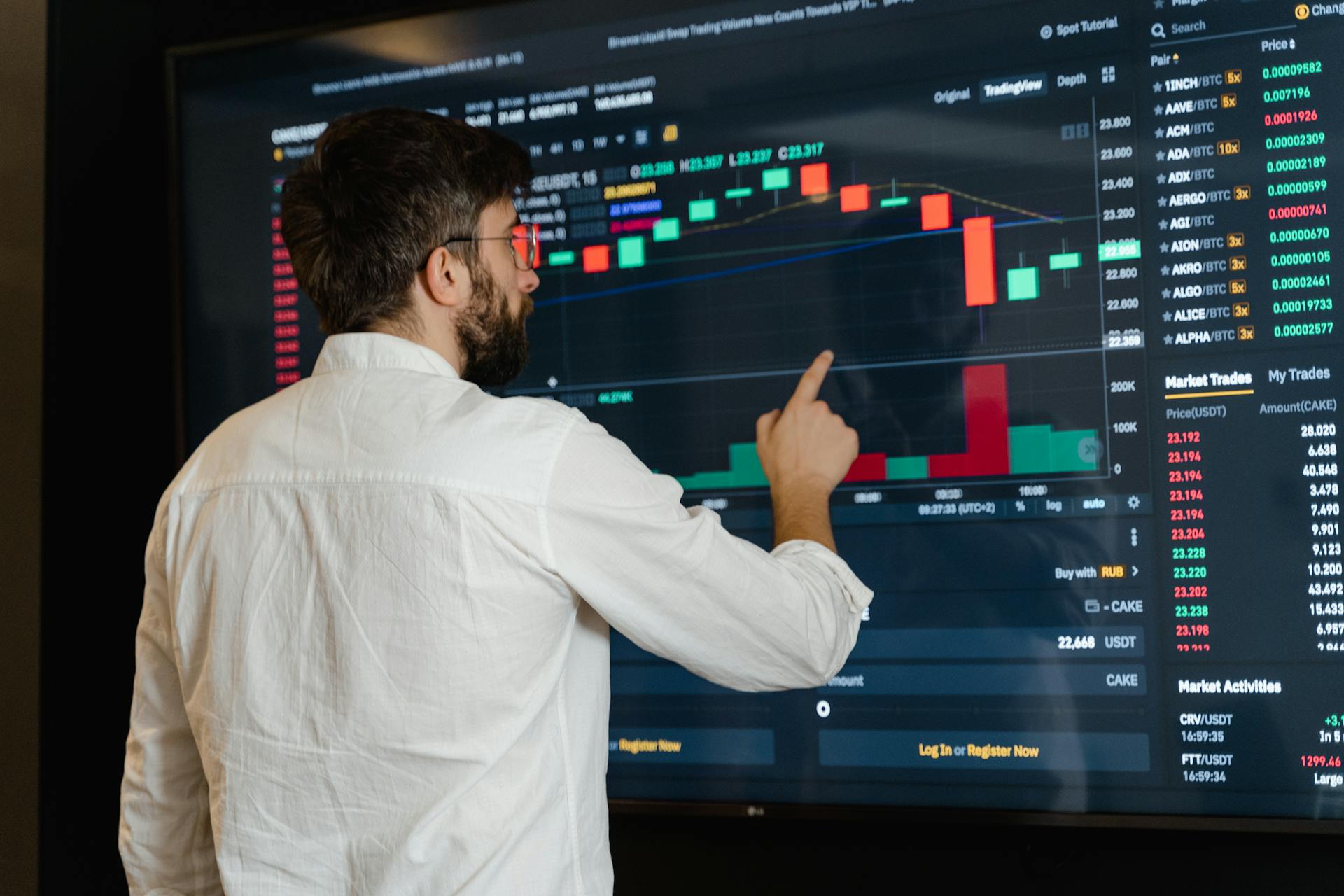
For most startups, the path to an initial public offering (IPO) involves multiple funding rounds. Typically, a company will receive between 3 to 5 funding series before going public.
The first funding round often sets the stage for future growth, with many startups receiving seed funding to validate their idea. This initial investment can range from $500,000 to $5 million, depending on the industry and the startup's potential.
The second funding round usually brings in more significant investment, with a typical range of $10 million to $50 million. This influx of capital allows startups to expand their teams and develop their products.
A third funding round often signals a company's growing maturity, with investors providing $50 million to $100 million or more. This funding can be used to further develop the product, expand the team, and prepare for an IPO.
Discover more: Series a Funding Gta 5
What is Seed Funding?
Seed funding is the very first money that many enterprises raise, used to take a startup from idea to the first steps such as product development or market research.
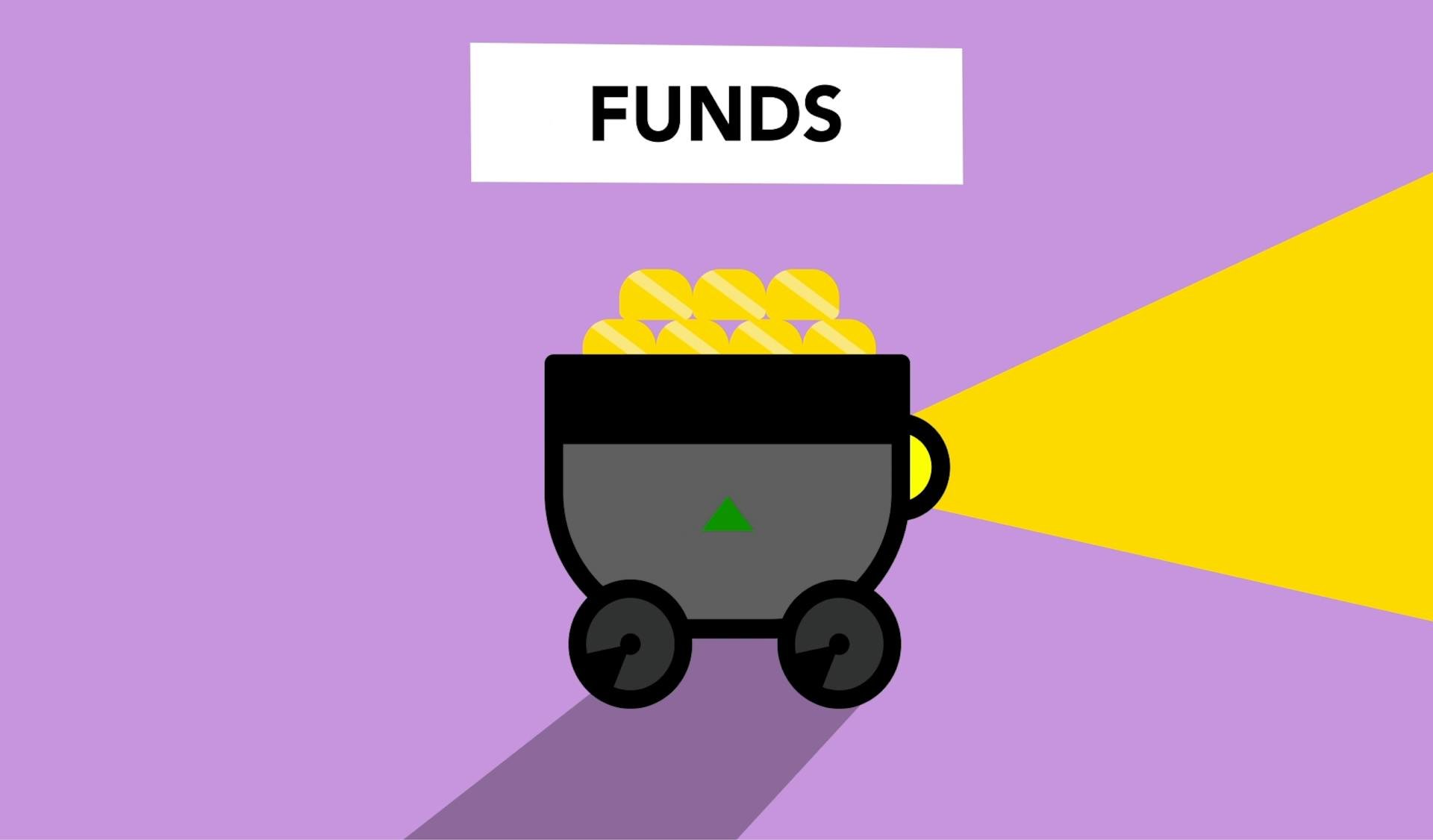
This funding can be raised from family and friends, angel investors, incubators, and venture capital firms that focus on early-stage startups.
Angel investors are perhaps the most common type of investor at this stage, providing the seed that will hopefully grow the company.
If a startup can't gain traction before the money runs out, they'll fold, making seed funding a make-or-break moment for many businesses.
Some startups decide that they're not interested in raising more money, choosing to stop raising funding rounds at this point and grow more without additional investment.
Intriguing read: What Is an Angel Investment
Startup Funding Rounds
Startup funding rounds are a series of investments a company receives as it grows. Series A funding is the first major funding round, where startups prove their business model and attract venture capital firms for growth.
In a Series A round, startups are expected to have a plan for developing a business model, even if they haven't proven it yet. They use the money raised to increase revenue.
Check this out: Series a round
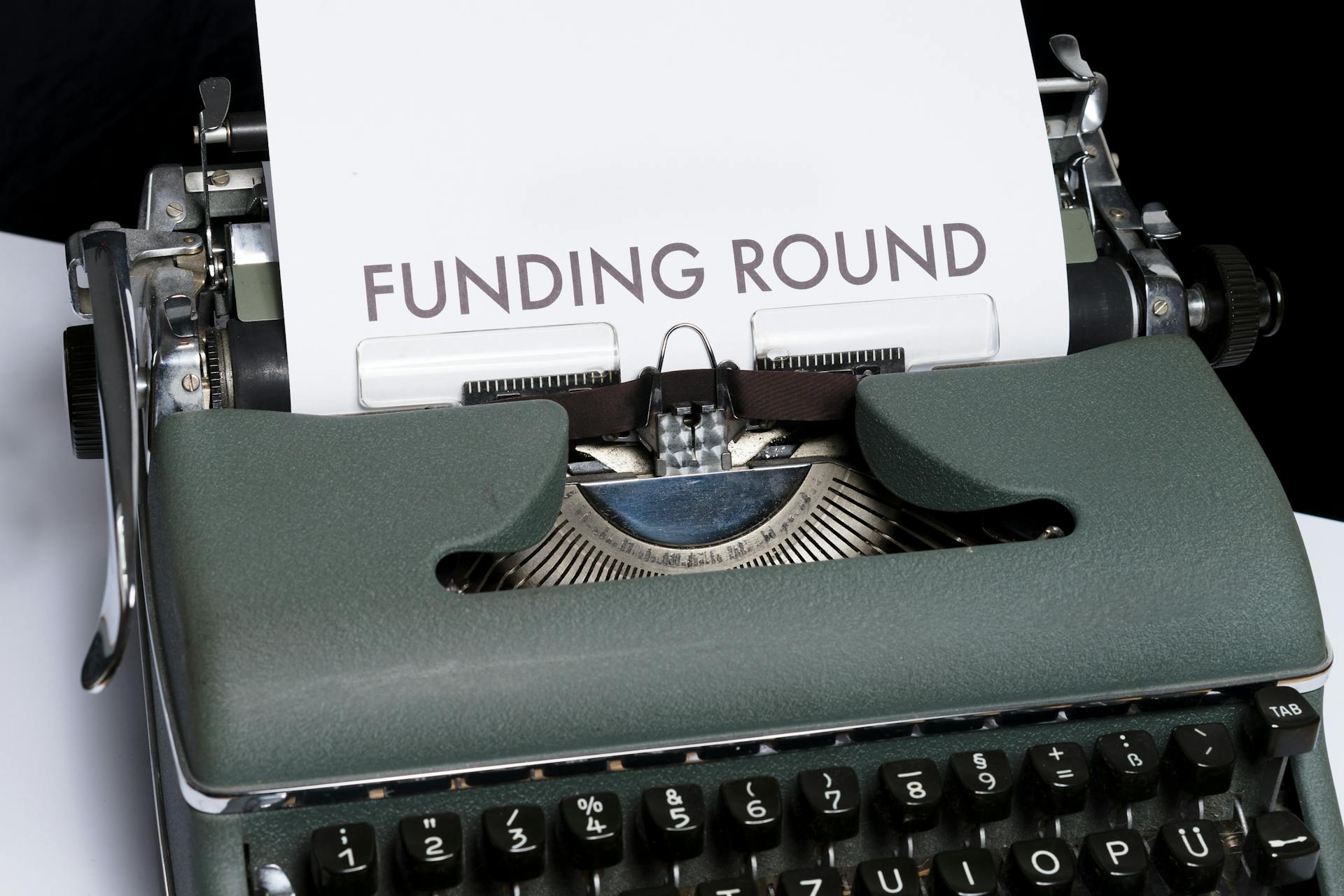
Series B funding is about scaling the business, expanding the market reach, and growing the team. This round involves larger investments than Series A.
Companies that make it to the Series C funding stage are doing very well and are ready to expand to new markets, acquire other businesses, or develop new products. They often look to take their product out of their home country and reach an international market.
A Series C funding round is often the last round that a company raises, although some do go on to raise Series D and even Series E rounds. However, it's more common that a Series C Funding round is the final push to prepare a company for its IPO or an acquisition.
Not all companies finish raising money with their Series C. Some companies may choose to raise a Series D round of funding, which is a little more complicated than the previous rounds. They may have discovered a new opportunity for expansion before going for an IPO, but just need another boost to get there.
A down round may help a company push through a tricky time, but it also devalues the stock of the company. Down rounds also dilute founder stock and can demoralize employees, making it difficult to get back ahead.
Recommended read: What Is Stock Funds
Rounds Before IPO

For a modern startup, there will be four or five rounds of funding before the company is in a position to IPO, depending on whether they seek pre-seed funding right at the start or not.
It's rare for a startup to jump from Series A or B funding directly to an IPO, as most companies at this point lack the scale or stability to meet the requirements for listing.
Some startups may need to raise additional capital through Series D, E, or F rounds if they failed to get the company into position for an IPO from the Series C round.
A different take: Startup Funding Companies
Series C Funding Amount
Series C funding rounds typically involve a significant amount of money, with startups raising an average of $26 million.
This is a substantial increase from previous rounds, and it's often a sign that the company is gaining traction and has a proven product.
The valuation of Series C companies can range from $100 million to $120 million, although it's not uncommon for companies to be worth much more.
Previous investors may also choose to invest more money at the Series C point, but it's not required.
Major financial institutions may choose to get involved at this stage, as the company and product are proven.
D Round Financing
Raising money after a Series C is a big decision, and it's not uncommon for companies to choose not to do it. In fact, many startups finish raising money with their Series C.
A Series D round of funding is a bit more complicated than the previous rounds, and it's not as common as Series C rounds. Under 5 percent of startups move on to a Series D or E round.
There are a few reasons a company may choose to raise a Series D, including discovering a new opportunity for expansion or wanting to stay private for longer than usual. This can be a positive move, but it requires a lot of planning and execution.
A down round, on the other hand, can be a tricky situation. It's when a company raises money at a lower valuation than they did in the prior series, which can devalue the company's stock and make it harder to raise funds in the future.
Unfortunately, a down round can also demoralize employees and dilute founder stock, making it difficult to get back on track. This is why many startups try to avoid down rounds at all costs.
Expand your knowledge: Series D Funding
Rounds Before IPO

For a modern startup, there will be four or five rounds of funding before the company is in a position to IPO, depending on whether they seek pre-seed funding right at the start or not.
Most companies at the Series A or B funding stage lack the scale or stability to meet the requirements for listing, so it's rare for a startup to jump directly to an IPO.
It's more common for a startup to enter a Series D, E, or F round of funding if the founders failed to get the company into position for an IPO from the Series C round.
In some cases, a startup will need additional capital to reach their targets, which is why some companies raise Series D and E rounds.
Under 5 percent of startups move on to a Series D or E round, and there are only several reasons to do so.
Consider reading: Series E Funding

These rounds can range from millions to billions of dollars, and they are primarily provided by venture capitalists.
Unfortunately, a down round can make it difficult for the business to raise funds in the future, and it devalues the company's stock.
While very few companies choose to raise money at this stage, if a startup chooses to raise a Series D funding round, it could be a final push toward an IPO or simply to stay a private company.
Ipo
The IPO is a significant milestone for most businesses, providing a deep pool of new money to fuel growth.
This new funding is typically used to enter new markets, make acquisitions, and develop new products.
Many founders see the IPO as an opportunity to exit and earn a sizable amount of money from the business they built.
In most cases, startup founders will hand over the listed company to an experienced CEO to manage going forward.
None

At this point, a startup has already achieved seed funding, but it's a big hurdle to convert that interest to Series A funding. Less than half of all companies that are seed-funded achieve Series A funding.
A company seeing Series A funding has a finalised product and an established user base, with a clear path for further growth. This typically means revenue is consistent, albeit small, and the goal is to rapidly scale and establish a long-term growth strategy.
The amount of money given in Series A funding is far more substantial, ranging from $15 million to $20 million. Investors will need to see more to convince them of the potential behind the startup, making this a significant milestone in a company's journey.
IPO and Funding
The IPO is the final stage for most businesses, providing a deep pool of new money to fuel growth through new markets, acquisitions, and new products.

In most cases, startup founders will earn a sizable amount of money from the business they built and then hand over a listed company to an experienced CEO to manage going forward.
A modern startup will typically go through four or five rounds of funding before being in a position to IPO.
It's rare for a startup to jump from Series A or B funding directly to an IPO, as most companies at this point lack the scale or stability to meet the requirements for listing.
If a startup fails to get into position for an IPO from the Series C round, they may enter a Series D, E, or F round of funding to reach their targets first.
How Funding Works
Funding for startups typically starts with seed funding, which is often provided by family, friends, and the founders themselves. This initial capital helps launch the startup.
Each round of funding serves the company at a distinct phase of its development, from initial growth to business scaling. These stages can include Series A funding, Series B funding, and so forth.

Startups regularly update investors on their business progress and performance during the fundraising series process. This helps investors gauge the company's potential for growth and return on investment.
Venture capitalists are among the larger investors that entrepreneurs can pitch to for more significant financing. Family, friends, and the founders themselves often provide the capital to first launch the startup, but larger investors are needed for scaling purposes.
Funding Stages
The startup funding process typically begins with pre-seed and seed funding, where initial capital for early-stage startups is raised from sources like angel investors or accelerators.
Each round of funding serves a distinct phase of a company's development, from initial growth to business scaling. Series A funding focuses on proving the business model and attracting venture capital firms for growth and market positioning.
Series B funding is about scaling the business, expanding the market reach, and growing the team. Under 5 percent of startups move on to a Series D or E round, where funds raised can range from millions to billions of dollars.
These later rounds are primarily provided by venture capitalists and often involve larger investments for major scaling, market expansion, acquisitions, or preparing for an initial public offering (IPO).
Check this out: Fund of Venture Capital Funds
C Funding Round

A Series C funding round is a major milestone for startups, typically raising an average of $26 million in capital.
At this stage, companies have already proven their business model and are ready to expand globally, acquire other businesses, or develop new products.
The valuation of a Series C company often falls between $100 million and $120 million, although it's possible for companies to be worth much more.
Private equity firms, banks, and even hedge funds may choose to get involved in Series C funding, as the company and product are proven.
Previous investors may also choose to invest more money at the Series C point, although it is by no means required.
The money raised in a Series C funding round is often used to expand into new territories, pay for research and development, eliminate debt, repurchase equity, strengthen cash reserves, and/or acquire other businesses.
For many startups, Series C funding is the final round of funding used to boost their valuation before going public.
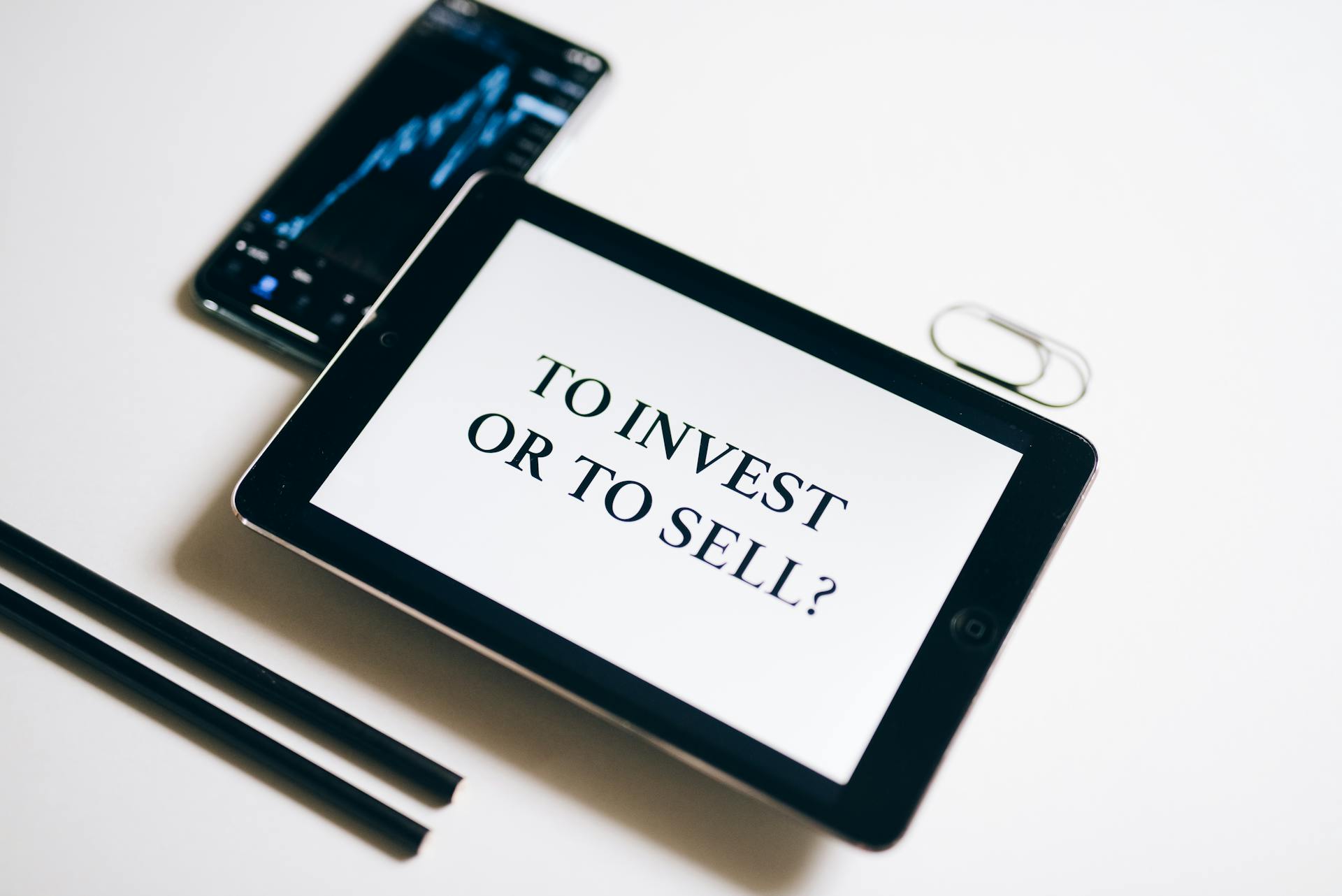
A broader range of top investors, like private equity firms, hedge funds, and investment banks, are willing to put forth a significant amount of money to secure their seat at the table.
This is because companies have established themselves as legitimately successful through their revenue, large customer base, growth, and competent teams.
The sources of investors remain relatively the same, including VCs who invested in previous rounds, but this round may also attract new investors who might be interested.
The capital raised in a Series C funding round often ranges from $30 million to $100 million.
Each series reflects a stage in a company's growth, with increasing valuations and decreasing investment risk.
In many cases, a Series C funding round is the final push to prepare a company for its IPO or an acquisition.
Core Stages of Startup Growth
Startups typically go through four to five rounds of funding before reaching the point of an initial public offering (IPO).
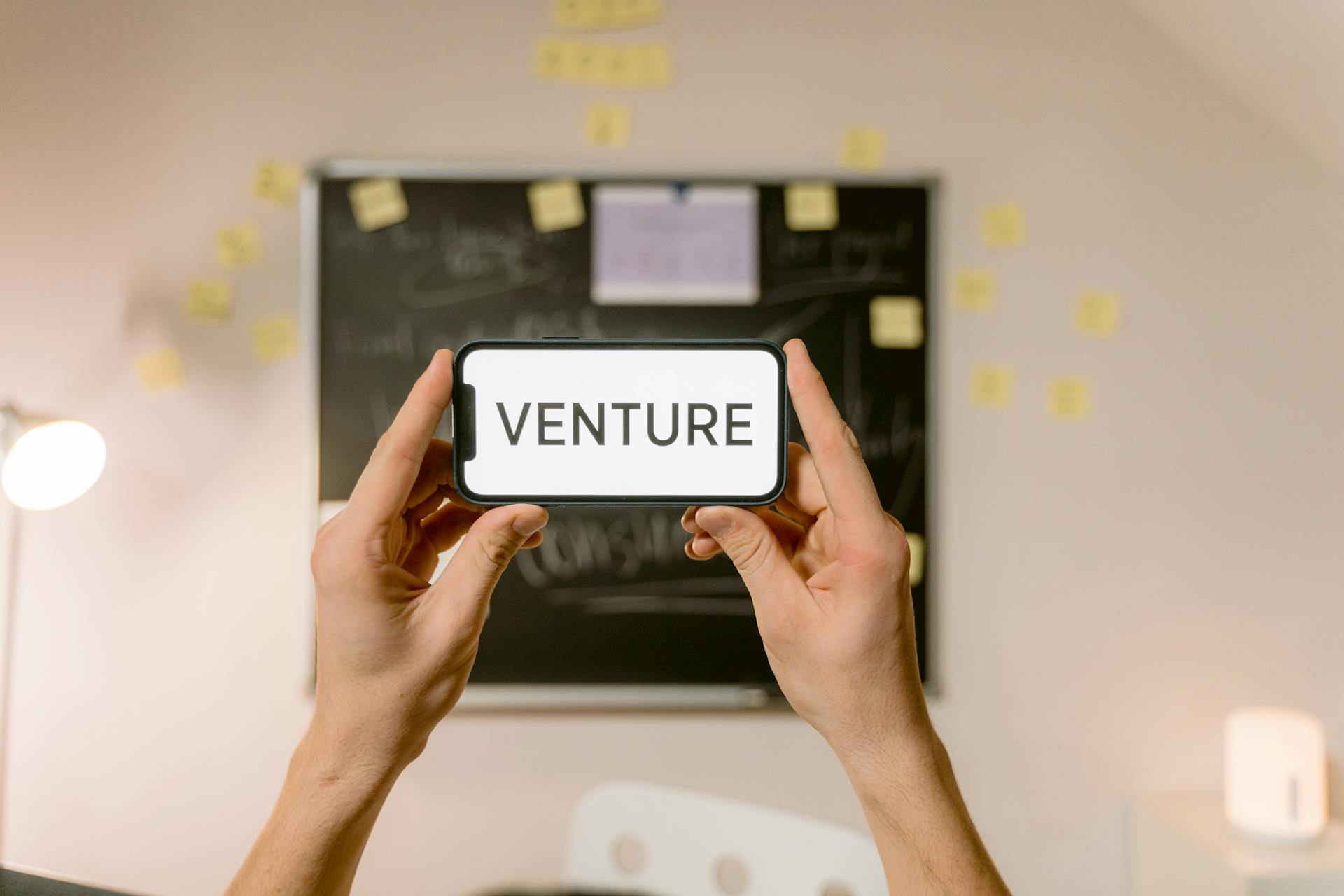
Each round of funding serves a distinct phase of a company's development, from initial growth to business scaling.
A Series D round of funding can be a final push towards an IPO or a way to stay private for longer, but it can also be a down round that devalues the company's stock and makes it harder to raise money again.
Most companies don't jump directly from Series A or B funding to an IPO, lacking the scale or stability to meet the requirements for listing.
The amount raised during a Series D funding round varies widely from company to company.
It can take 10-12 years or more to get to an IPO, depending on the company's growth and the number of funding rounds it needs to go through.
Each round of funding involves many months to secure capital and a year or longer to convert that capital into growth and reach the next stage.
A startup that reaches the point of a Series B round has already found its product/market fit and needs help expanding its customer base and team.

The capital raised in a Series C funding round often ranges from $30 million to $100 million and is used to expand into new territories, pay for research and development, and eliminate debt.
For many startups, Series C funding is the final round of funding used to boost their valuation before going public.
At this stage, companies have established themselves as successfully, with a large customer base, growth, and competent teams, making them attractive to top investors.
Sources
Featured Images: pexels.com


